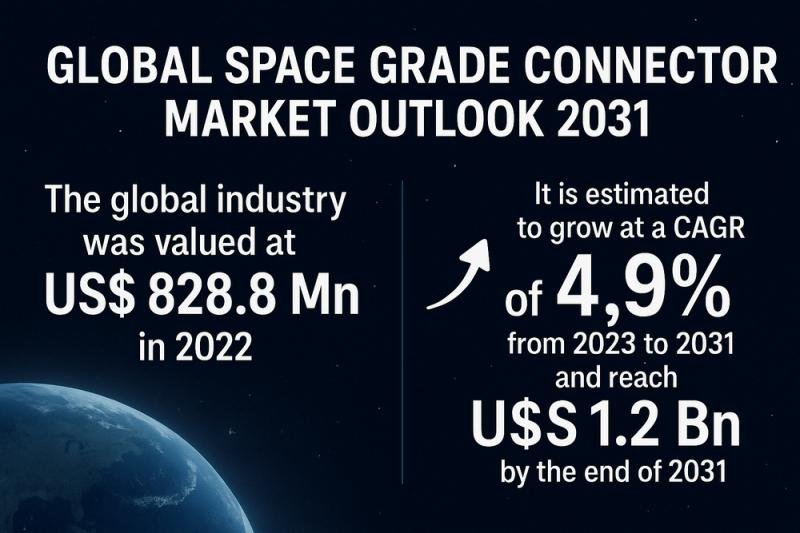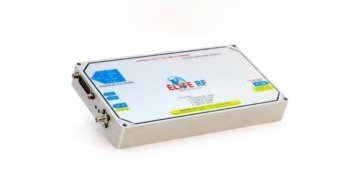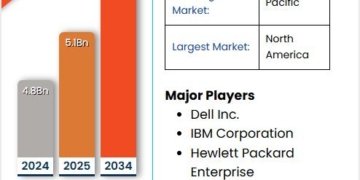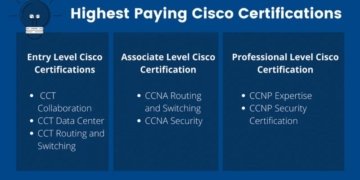A new market study titled Global Space Grade Connectors Market Outlook 2031 reveals that the space-grade connectors industry was valued at USD 828.8 million in 2022 and is expected to expand at a CAGR of 4.9% between 2023 and 2031, reaching USD 1.2 billion by the end of the forecast period.
Access important conclusions and data points from our Report in this sample – https://www.transparencymarketresearch.com/sample/sample.php?flag=S&rep_id=81316
Market Overview: Space-grade connectors are highly specialized electrical components engineered to perform under extreme conditions including vacuum, radiation, and wide temperature fluctuations making them indispensable in satellites, launch vehicles, spacecraft, and ground support equipment. As global investment in space exploration and satellite-based services accelerates, demand for robust, miniaturized, and high-throughput connectors continues to climb.
Market Drivers & Trends
Proliferation of Satellite Constellations
Private and government entities (e.g., Amazon’s Project Kuiper, OneWeb, Telesat) are deploying thousands of Low Earth Orbit (LEO) satellites to meet global broadband demand.
Smaller, lighter satellites require miniaturized connectors, driving R&D in compact, high-density interconnect solutions.
Expansion in Aerospace & Defense
U.S. aerospace & defense sales grew by USD 952 billion in 2022 (6.7% year‐on‐year), underpinning demand for rugged, high-reliability connectors in military communication, navigation, and reconnaissance systems.
Connectors’ resistance to temperature extremes, radiation, and mechanical shock makes them vital in spacecraft instrumentation, carrier rockets, and ground support systems.
Commercial Space Exploration & Tourism
Emergence of space tourism operators and private launch service providers is fueling demand for cost-effective, space-qualified connectors.
Rapid prototyping and additive manufacturing techniques are being leveraged to lower production costs and accelerate time‐to‐market.
Latest Market Trends
Miniaturization and High-Density Designs: Enabling satellite swarms and compact spacecraft by reducing size, weight, and power (SWaP) requirements.
Advanced Materials: Use of aluminum-lithium alloys, high-performance polymers, and conductive composites to enhance thermal stability and EMI protection.
Smart Connectors: Integration of health-monitoring sensors within connector housings for real-time diagnostics and predictive maintenance.
Key Players and Industry Leaders
The global market is characterized by a consolidated competitive landscape, dominated by seasoned interconnect manufacturers:
Airborn Inc.
Amphenol Aerospace
Carlisle Interconnect Technologies
Glenair, Inc.
Harwin, Inc.
IEH Corporation
ITT Inc.
Milnec Interconnect Systems
Omnetics Connector Corp.
Positronic
Radiall
Smiths Interconnect
Souriau
TE Connectivity
Teledyne Defense Electronics
Other Key Players
These companies compete through collaborations, product launches, strategic acquisitions, and expansive distribution networks. Each player maintains rigorous quality and testing standards, often aligning with MIL‐DTL and VITA specifications.
Recent Developments
July 2023: Harwin launched the Kona high‐power connector series with aerospace‐grade Aluminum 6061 backshells to improve EMI shielding and mechanical robustness.
June 2023: Smiths Interconnect unveiled a space‐qualified variant of its KVPX Connector Series, compliant with VITA 46/48 standards for high‐speed data transmission and unmatched durability.
February 2022: Positronic introduced the MACH‐D D‐Sub connector family, tailored for harsh-environment aerospace and defense applications under MIL‐DTL‐24308.
Market Opportunities
Satellite Broadband Rollout: As telecom giants invest heavily in LEO constellations, demand for thousands of connectors per satellite presents a sizable addressable market.
Space Tourism Infrastructure: New spacecraft and habitats will need robust interconnect systems for life‐support, power distribution, and avionics.
Emerging Space Economies: Governments in Asia Pacific, Latin America, and the Middle East are boosting R&D funding, creating new procurement avenues for connectors.
Future Outlook
By 2031, the market is projected to benefit from:
Next‐Generation Satellites: Adoption of electric propulsion, laser communication terminals, and distributed satellite networks requiring advanced connector solutions.
Reusable Launch Vehicles: Rapid‐turnaround operations demand connectors that withstand repeated thermal and mechanical cycling.
Deep Space Missions: Stringent reliability criteria for lunar gateways, Mars rovers, and exploration probes will elevate performance benchmarks.
Buy this Premium Research Report to unlock essential market knowledge – https://www.transparencymarketresearch.com/checkout.php?rep_id=81316<ype=S
Market Segmentation
By Product Type
Circular Connector (39.5% share in 2022; 5.1% CAGR)
D‐sub Connector
Micro‐D Connector
Others (Nano‐D, Hermetic)
By Application
PCB Connection
Panel Mount (33.3% share in 2022; 5.1% CAGR)
Basic Cable Assembly
Heavy‐Duty Cable Assembly
Test Equipment
Others (Satellite Harness & Payload)
By End‐Use
Satellite
Space Station & Deep Space Robots
Spacecraft
Carrier Rocket
Ground Support Equipment
Others (Space R&D Centers)
Regional Insights
North America (30.0% share in 2022): Dominated by the U.S. satellite communication and NASA’s exploration missions, driving high-volume procurement of space‐qualified connectors.
Europe (29.3% share in 2022): Growth fueled by the European Space Agency (ESA) programs and a burgeoning private space sector in countries such as the U.K., France, and Germany.
Asia Pacific: Rapidly expanding from investments in national space agencies (e.g., ISRO, JAXA) and commercial satellite ventures, offering high-growth potential.
Latin America & Middle East & Africa: Early‐stage market development with government-led satellite programs and infrastructure modernization.
Why Buy This Report?
Comprehensive Data: Historical (2017-2022) and forecast (2023-2031) market values in USD million/billion, plus volume metrics in thousand units.
In-Depth Analysis: Segment‐level insights, Porter’s Five Forces, value chain evaluation, and key trend analysis.
Competitive Landscape: Detailed profiles of leading vendors, with SWOT, financials, strategic initiatives, and product portfolios.
Actionable Intelligence: Identification of high‐opportunity segments and geographies, supported by quantitative and qualitative research.
Explore Latest Research Reports by Transparency Market Research:
Chemical Sensors Market: https://www.transparencymarketresearch.com/chemical-sensors-market.html
3D Printing Medical Devices Market: https://www.transparencymarketresearch.com/3d-printing-medical-devices-market.html
Data Center Accelerator Market: https://www.transparencymarketresearch.com/data-center-accelerator-market.html
Nano Positioning Systems Market: https://www.transparencymarketresearch.com/nano-positioning-systems-market.html
About Transparency Market Research
Transparency Market Research, a global market research company registered at Wilmington, Delaware, United States, provides custom research and consulting services. Our exclusive blend of quantitative forecasting and trends analysis provides forward-looking insights for thousands of decision makers. Our experienced team of Analysts, Researchers, and Consultants use proprietary data sources and various tools & techniques to gather and analyses information.
Our data repository is continuously updated and revised by a team of research experts, so that it always reflects the latest trends and information. With a broad research and analysis capability, Transparency Market Research employs rigorous primary and secondary research techniques in developing distinctive data sets and research material for business reports.
Contact:
Transparency Market Research Inc.
CORPORATE HEADQUARTER DOWNTOWN,
1000 N. West Street,
Suite 1200, Wilmington, Delaware 19801 USA
Tel: +1-518-618-1030
USA – Canada Toll Free: 866-552-3453
Website: https://www.transparencymarketresearch.com
Email: sales@transparencymarketresearch.com
This release was published on openPR.


















